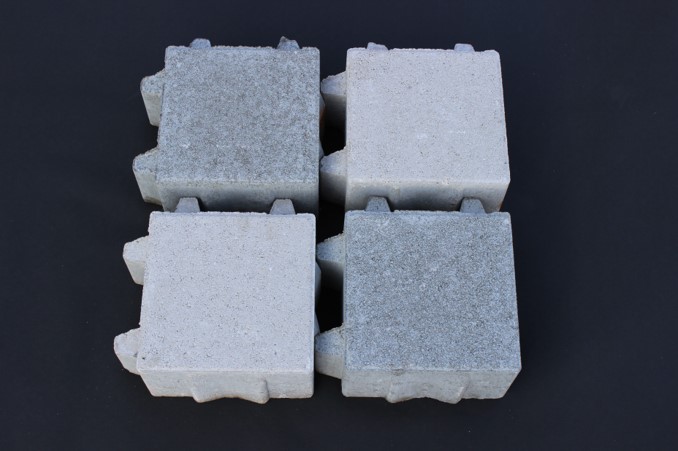Celitement is an entirely new binding agent concept with numerous technological advantages.
In practice, however, it is in competition with Portland cement, which has been extremely successful for over 150 years and is almost unbeatable when it comes to price-performance ratio. This is a significant barrier to market entry for innovative hydraulic binding agent concepts. For this reason, during product development, we attempted to work out the best possible “added values” for possible applications, in addition to the favourable ecological aspects. Many ideas and concepts are still in the early stages of practical testing. But we can already see that in many fields of use interesting material properties can make the use of Celitements very interesting also from an economic perspective.
... you can find out more on our extensive "FAQ" page!



